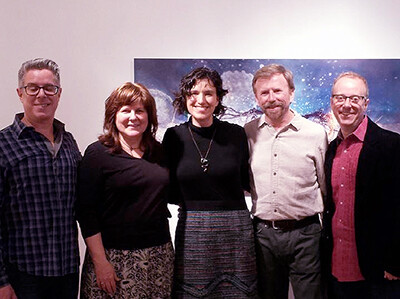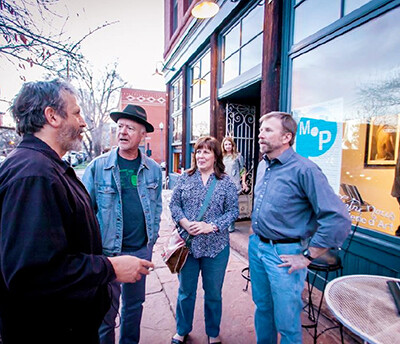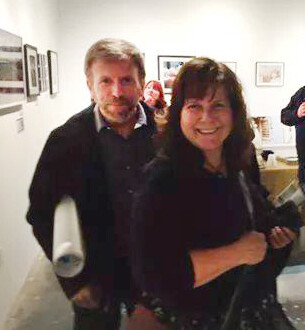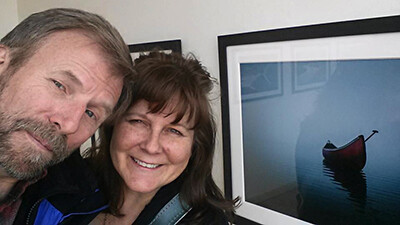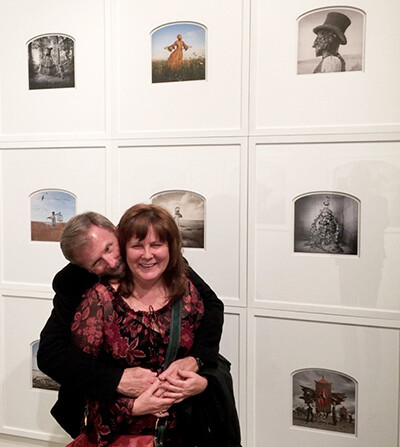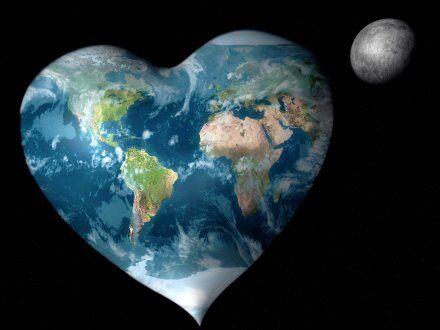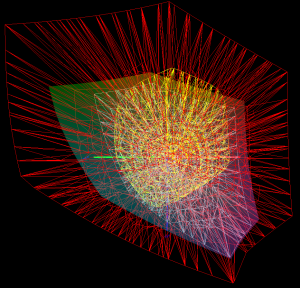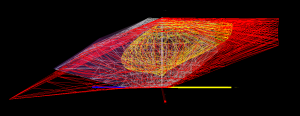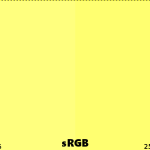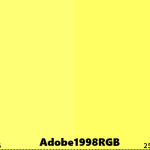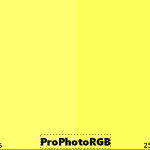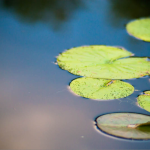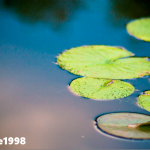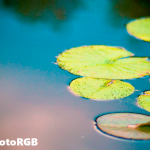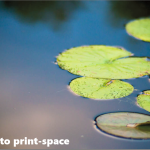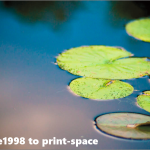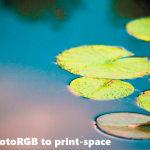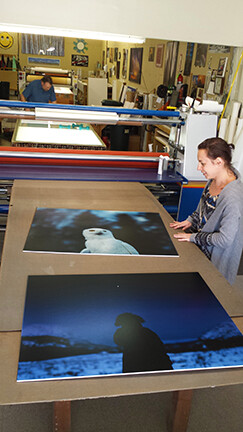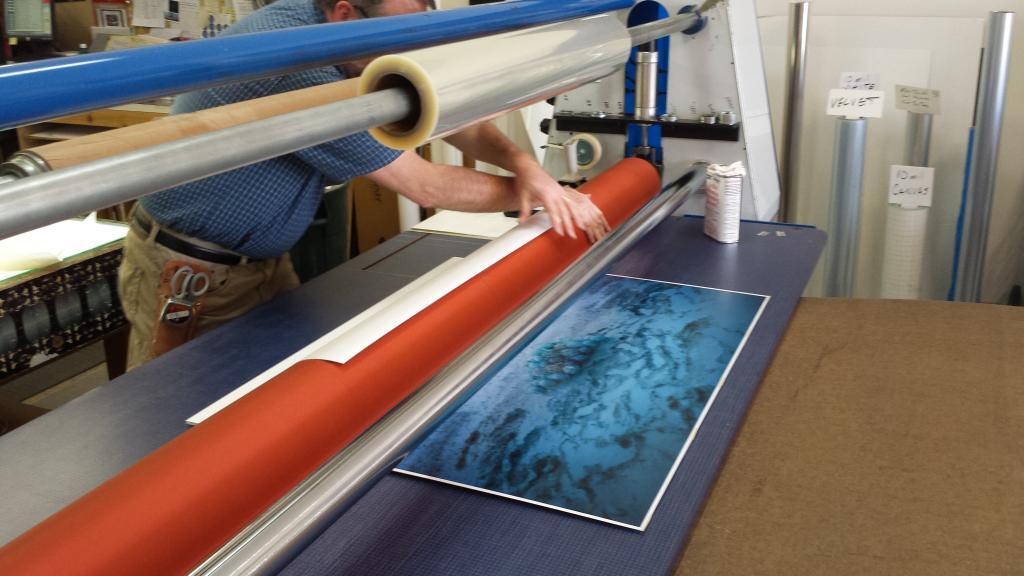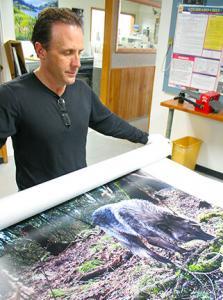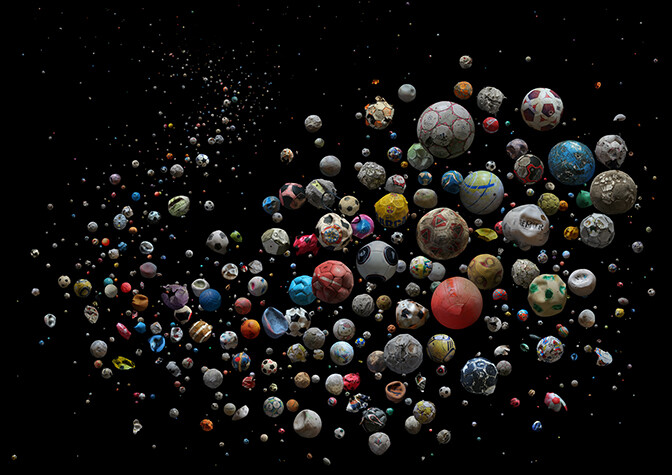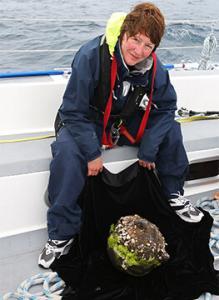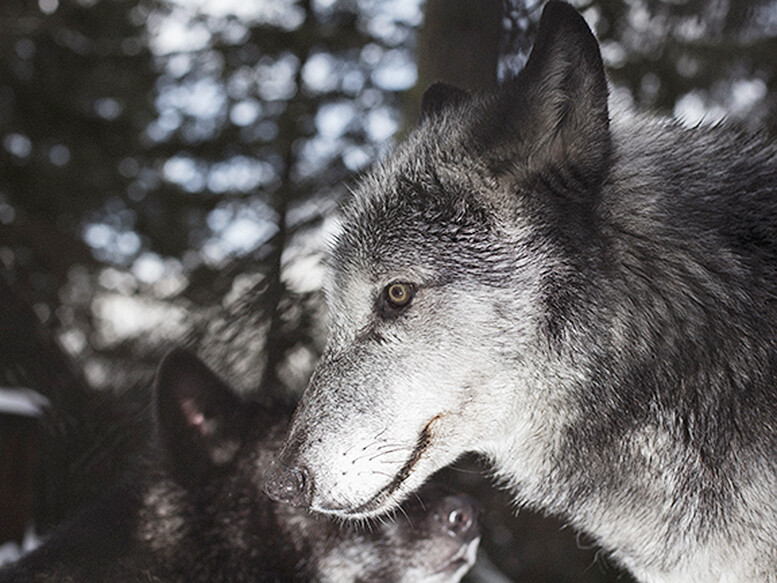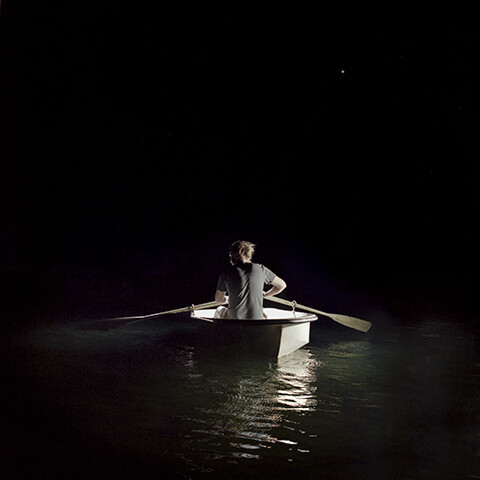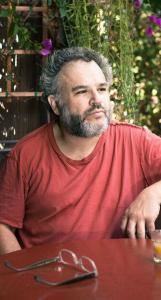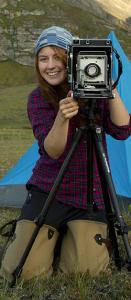You’ve heard about them, you’ve seen a few, but you’re still wondering what it’s all about.
Metal prints are exploding on the art scene and consumers are loving it! Images printed on aluminum are modern, stylish and impactful and add a higher perceived value than flat prints.
So what’s the deal with metal prints?
I want to help you understand the differences in your choices.
The home version of metal prints
The craft version of metal prints is done with an ink jet printer. Ink is printed on either a transfer paper or on an aluminum sheet. (Not to be confused with metallic ink jet papers.) The paper sheets are adhered to aluminum (or other materials) with heat. The aluminum sheets are specially prepared to receive the ink. The aluminum sheets are fragile being only from .005” up to .025” thick and should be mounted to another material to create a rigid piece. This method compatible with most ink jet printers and while inexpensive is prone to fading. This is a great option for craft projects. There are strict size limitations based on the printer’s abilities and limited purchase options.
Dye Sublimation or Infused Metal Prints
This technology starts when a high-resolution full-color mirror image is printed on specialized transfer paper – sometimes called a carrier sheet. This carrier is then is carefully aligned and heat infused with a specially coated aluminum sheet. Through heat and pressure the inks are vaporized and drawn into the coating on the metal. When the transfer process is completed, the metal print is allowed to cool and the dyes are now locked into the coating.
The coating is applied in different surface textures and a choice of opaque white, or clear that allows the metal to show through. Currently Reed provides you with four choices of finished surfaces: white matte and white gloss as well as clear matte, and clear gloss. The white metal print options are the most popular as they look like most like a normal photograph. Clear allows the metal to show through in the highlights for a distinct and eye catching effect.
The metal print coatings are quite durable, resistant to moisture and abrasion, making them an excellent choice for humid or high traffic areas. They are also more fade-resistant than ink jet prints and can be easily cleaned with non-ammonia glass cleaner. They can be used outside but should be kept out of direct sun light.
Dye sublimation by many accounts is considered an improvement over traditional ink-jet printing as it has higher saturation and contrast with a much richer black, and no visible dots.
This is a great print for the artist looking for quality, speed and affordability. Approximately 1/16”; we have sizes available up to 48”x96”.
Finally, the metal product with the highest sharpness is called a Contemporary Metal Print.
This is a photographic print created by exposing latent image photo-sensitive polyester media to laser light, and then developing in a photo chemical bath. The print is archivally mounted to a rigid 1/8” thick aluminum plate using cold press adhesive and an amazing and eye grabbing glossy laminate that improves contrast, apparent sharpness and color that looks very high-end.
Because the media is polyester and not paper it is not prone to peeling like large paper prints can. Being a photographic process using lasers, there are no visible dots in the final print.
With the high level or sharpness and amazing visual depth, the contemporary is the ideal option for artists and their buyers with discriminating tastes. Rigid 1/8″ thick aluminum available in dimensions up to 48″x96″
If you have further questions the group of talented artists at Reed will be glad to assist you. We know how to collaborate with you and see your visions become reality.

![[On the Reed Magnet Wall] are just some of the gallery cards that Gary Reed & Barb Pullin acquired over the course of their visits — plus their well-used schedule of events](https://reedphoto.com/wp-content/uploads/2015/05/MoP2.jpg)
